What are the key technologies of 5G antennas?
When it comes to antennas, everyone is no stranger.
In the modern society where wireless technology is very popular, antennas can be seen everywhere in our lives.
The most common one is of course the base station antennas used in our mobile communication networks.
Base station antennas are vital to our lives. Without it, our mobile phones would have no signal, and we would not be able to happily shop online, watch dramas and eat chicken.
If you observe carefully, you will find that the antennas of different devices have different appearances and sizes.
In theory, the ideal length of an antenna is usually 1/4 of the wavelength of electromagnetic waves.
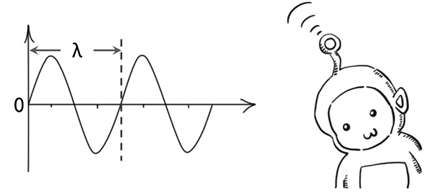
Therefore, we will see that the length of the analog TV whip antenna is generally 0.175~0.5 meters, and the length of the FM radio antenna is 0.675~0.85 meters.
And our mobile communication network, the operating frequency is mainly between 700M~3500MHz, so the size of the antenna is much smaller.
However, the working frequency of the wireless signal is higher and the wavelength is shorter, leading to a bad result-its anti-interference ability and diffraction ability are obviously weakened. Especially in a complex urban environment, the signal quality is more likely to be affected.
Therefore, engineers need to continuously develop new technologies to improve the capacity and coverage of mobile communication systems.
Antenna, as a key part of mobile communication, has naturally become the primary target for engineers to open their minds.
Next, we will come to Kangkang, and what kind of magical operations our base station antennas have played.
In the earliest 1G era of mobile communications, almost all base stations used omnidirectional antennas. At that time, the number of users was very small and the transmission rate was relatively low.
In the 2G era, antennas gradually evolved into directional antennas. For example, the antenna coverage angle was 120°, and a cell would have three sectors, which evolved into cellular communication.
In the 3G era, smart antennas were born, and a single antenna developed into multiple antennas, which is what we often call MIMO (Multiple-Input Multiple-Output) multi-antenna technology.
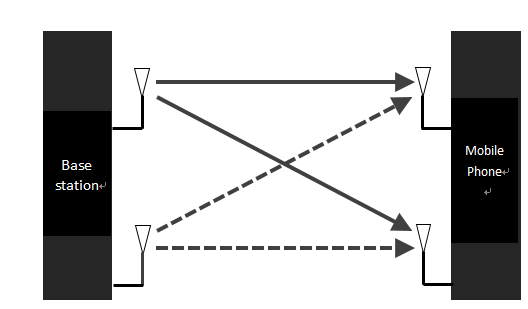
MIMO increases the number of antennas, which also increases the number of signal transmission channels.
So, how to use the extra channel number?
At the beginning, engineers thought of using it to enhance coverage.
Based on MIMO, they proposed a new transmission mode called "transmission diversity". Simply put, it means "send the same content through different antennas."
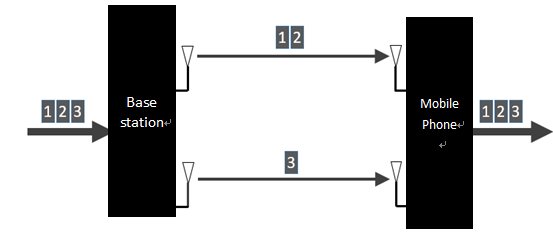
"Transmission Diversity": decentralized launch, centralized processing
This mode can alleviate performance degradation caused by unstable channel quality, thereby enhancing coverage.
Later, MIMO developed another mode called "spatial multiplexing".
Spatial multiplexing is to divide the data to be transmitted into several data streams, and then transmit them on different antennas, thereby increasing the transmission rate of the system.
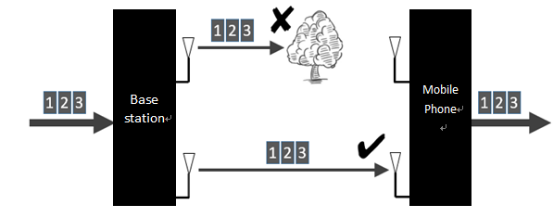
This mode is mainly used to improve cell capacity.
In practical applications, the same part of the antenna cannot be used for both transmission diversity and spatial multiplexing. Therefore, MIMO antennas need to be traded between the above two modes. The result of the trade-off directly affects the utilization of frequency resources.
In the 5G era, the situation has changed again.
In the process of 4G to 5G evolution, as the frequency increases, the antenna size is further reduced and the number of antennas further increases.
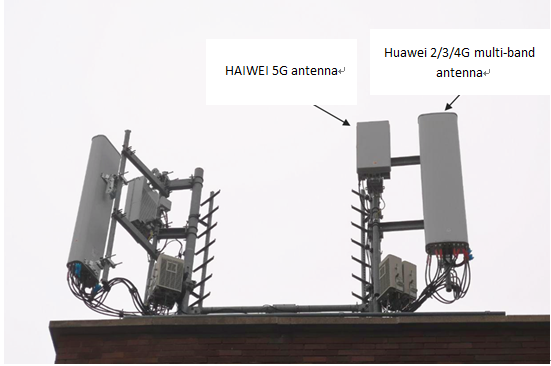
Vodafone equipment taken by British enthusiasts. It can be seen that the antenna size of 5G is more compact.
As a result, MIMO becomes Massive MIMO, also known as "Massive MIMO". Traditional MIMO usually has 2 antennas, 4 antennas, and 8 antennas. Massive MIMO can have more than 100 antennas.
For example, the 64T64R antenna, which is one of the current mainstream 5G options, is the 64-channel Massive MIMO antenna, which is composed of 192 antenna elements.
The emergence of Massive MIMO has given a new way to play in the transmission mode.
The Massive MIMO system can control the phase and signal amplitude of the signal transmitted (or received) by each antenna unit, and can generate a directional beam by adjusting multiple antenna units.
In this way, the wireless signal energy can form a superposition of electromagnetic waves at the location of the mobile phone, thereby increasing the received signal strength.
This technology is the legendary beamforming.
Beamforming allows the energy of the beam to be concentrated in the specified direction, which not only enhances the coverage distance, but also reduces the interference between adjacent beams, allowing more users to communicate at the same time and increasing the cell capacity.
In other words, it combines the advantages of diversity and multiplexing.and can generate a directional beam by adjusting multiple antenna units.
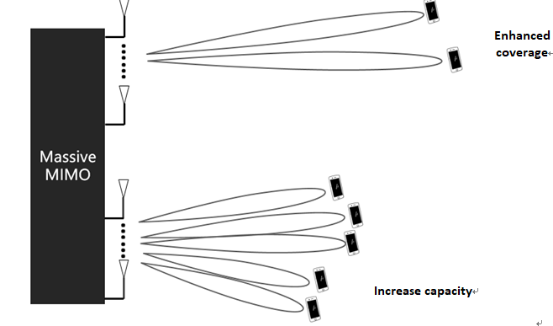
It is worth mentioning that the effect of beamforming depends on the number of antennas and the quality of the algorithm. The algorithm performs real-time calculations based on the location and status information of the mobile phone, and forms an ideal beam through the antenna.
In contrast, diversity and multiplexing work relatively loosely. When the mobile phone information is insufficient (for example, the mobile phone moves too fast), it can still play a big role.
In addition to enhancing coverage and capacity, Massive MIMO has a secret technique-when the number of antenna elements is large enough, Massive MIMO can break the space limitation.
Massive MIMO antenna arrays below 16T16R can only provide horizontal 2D beamforming. The 32T32R and 64T64R Massive MIMO antenna arrays can realize 3D beamforming in the horizontal and vertical directions, thereby effectively enhancing the coverage of high-rise residential buildings.
This shows that Massive MIMO pushes the multi-antenna technology to a higher level. Massive MIMO and beamforming, the pair of strongest CPs in history, make the antenna smarter and more powerful. It is well-known as the key 5G technology.
Behind the powerful energy of "Massive MIMO+ beamforming" is a severe test of the manufacturer's software and hardware R&D capabilities.
In the process of research and development, the filtering characteristics, gain effect, and anti-interference effect of the antenna system are all issues that engineers need to consider carefully. And the more the number of antennas and the number of mobile terminals, the higher the complexity of the antennas, and the higher the requirements for algorithms and chip processing capabilities.
Only powerful algorithms can make beamforming produce ideal effects like stage chasing light.
At present, only a few manufacturers have the R&D and manufacturing capabilities of high-end (64T64R and above) Massive MIMO antennas.
And Huawei is one of them. Judging from the development trend of 5G antennas announced by Huawei, the highly integrated Massive MIMO is a key 5G technology, with super beamforming capabilities, which will bring considerable performance improvements to 5G.
If you need a specific antenna, our factory can develop and produce it, please contact our email: selena@world-ic.com, alex@world-ic.com.

